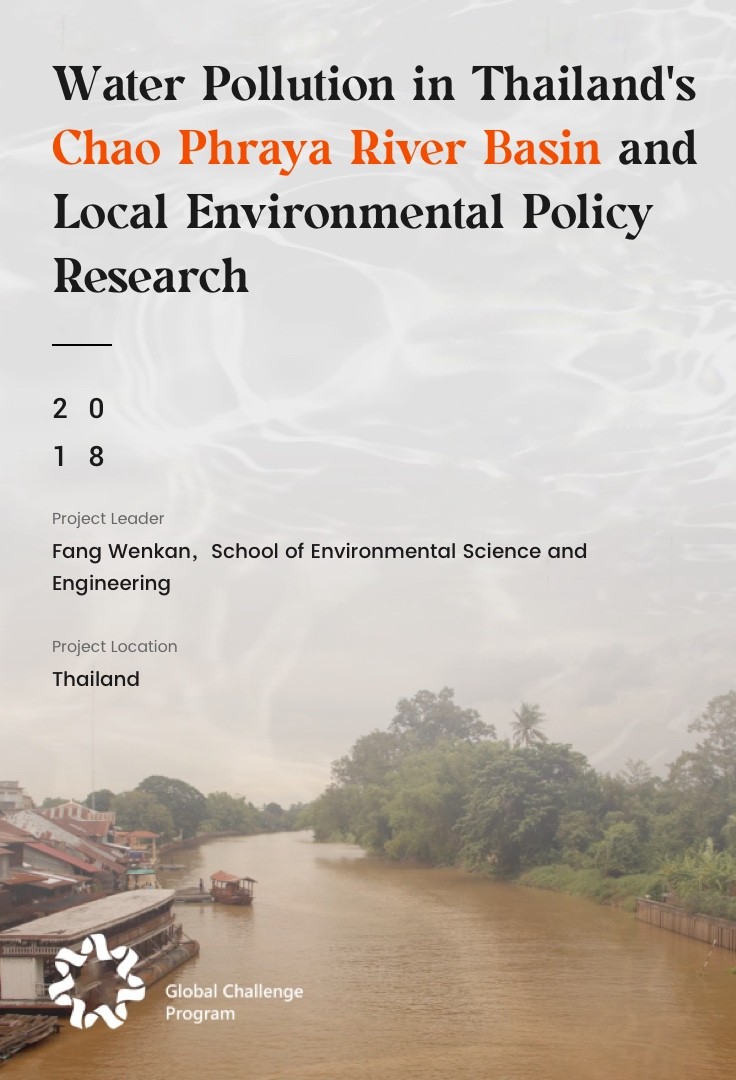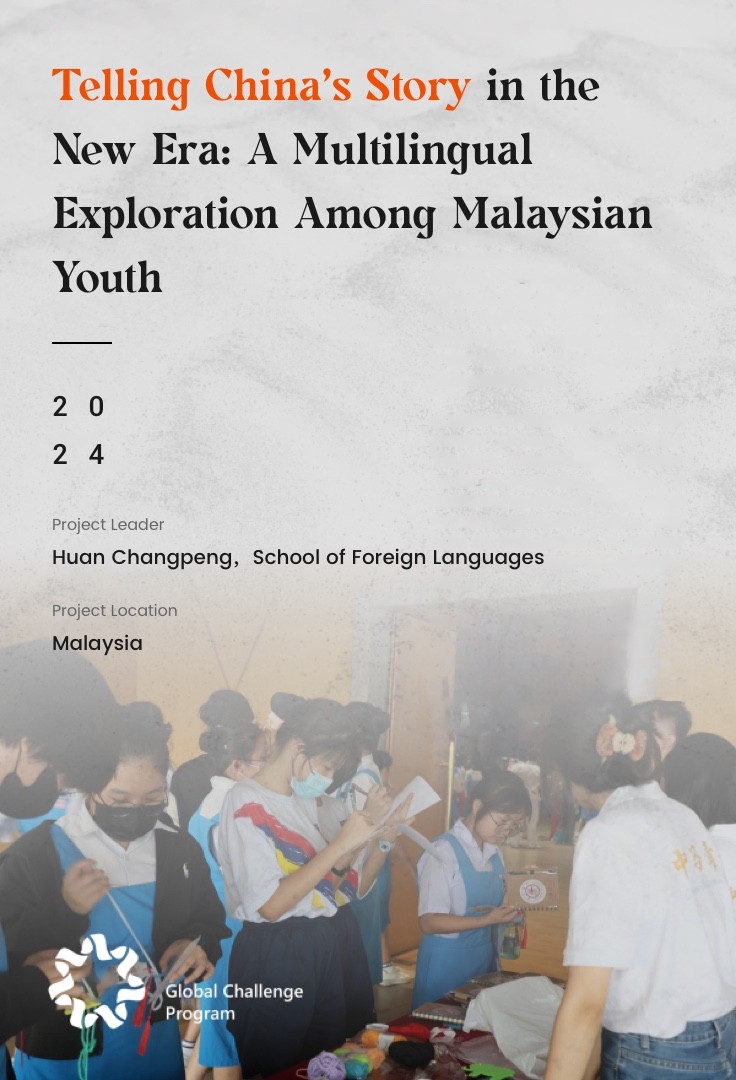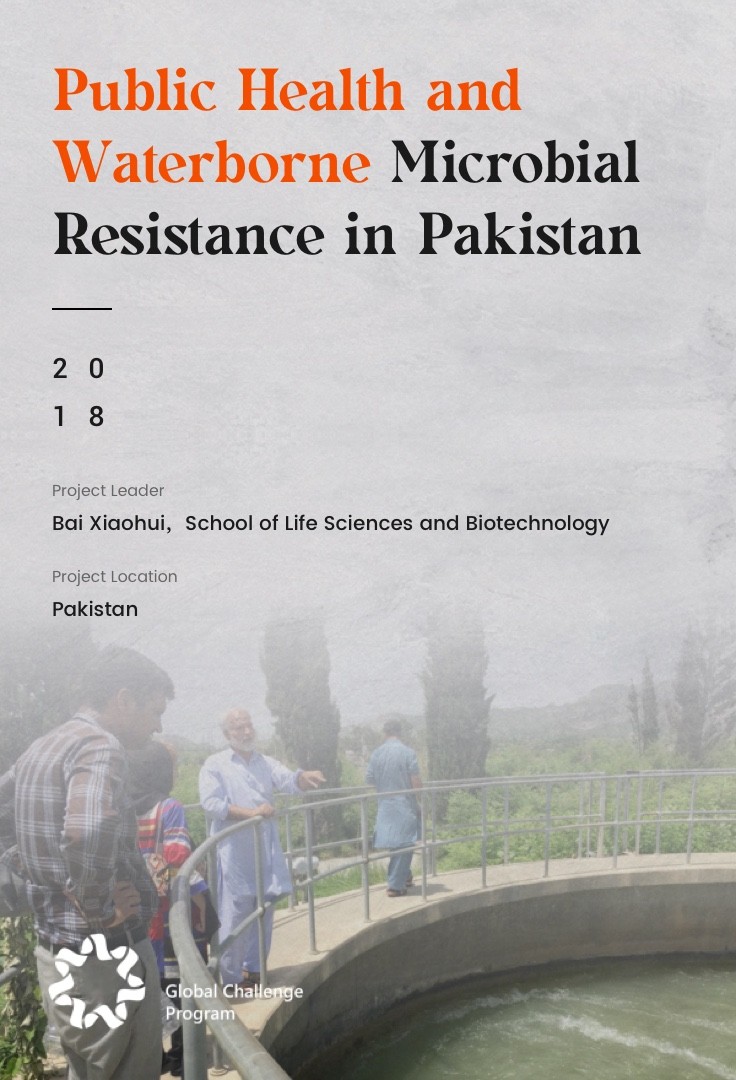Project Leader: Fu Lei,School of Pharmaceutical Science
Project Location: Uganda,Ethiopia
Africa’s healthcare systems remain fragile, with most pharmaceuticals heavily dependent on imports. Local drug research and production significantly lag behind, and the pharmaceutical quality assurance systems are often poorly regulated and incomplete. As a nationally recognized standard, the pharmacopoeia serves as a legal and authoritative reference for drug quality. It acts as the gold standard for ensuring pharmaceutical safety and reliability, playing a vital role in addressing the critical challenges of medicine quality and safety.
In 2018, the project team launched a collaboration with Addis Ababa University in Ethiopia. Using the Chinese Pharmacopoeia and traditional Chinese medicine as references, they established standardized research methods. These were applied to two indigenous medicinal plants: "Ethiopian Artemisia annua" and "Moringa ruspoliana Engl." Through experimental studies, the project pioneered a localized framework for analyzing medicinal plants, establishing operational standards and systematic workflows. This initiative helped fill a critical gap in pharmaceutical research on African Moringa.
In 2019, based on earlier project achievements, the team expanded its research to include two additional medicinal plants: KOSSO and BISSANA. This advancement contributed to the development of Africa’s first standardized pharmacopoeia dedicated to the proper and sustainable use of indigenous medicinal plants. To support this effort, a pharmacopoeia database was also established, providing a digital platform for the storage, access, and analysis of research data related to Africa’s traditional medicinal resources.
The project has continued to receive media attention and coverage from Shanghai Oriental broadcast Television and Shanghai People's Radio Station. It has also been included in the World Bank’s incubation list to support the application and transformation of its research outcomes into practical technologies.



